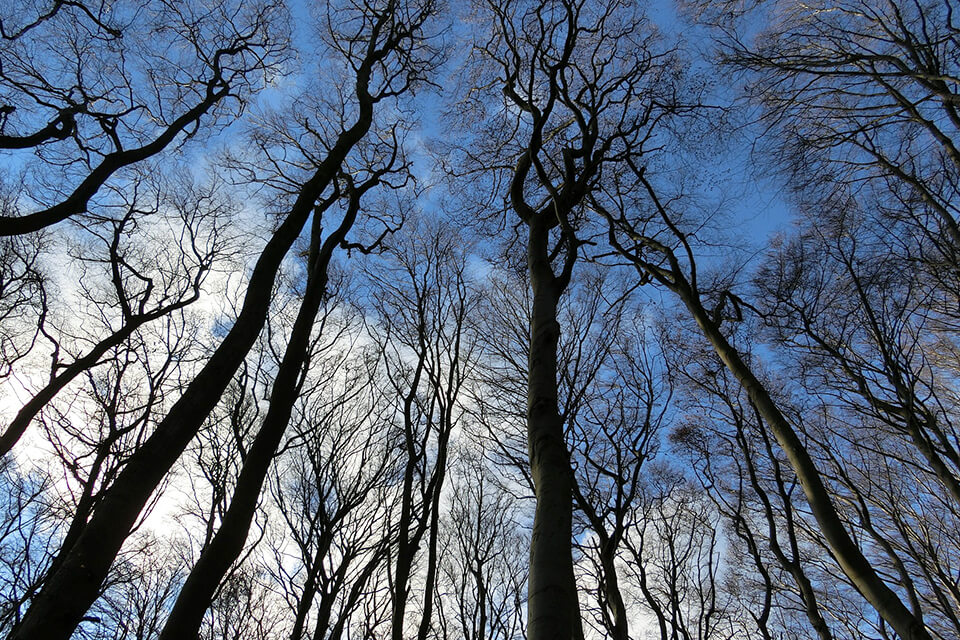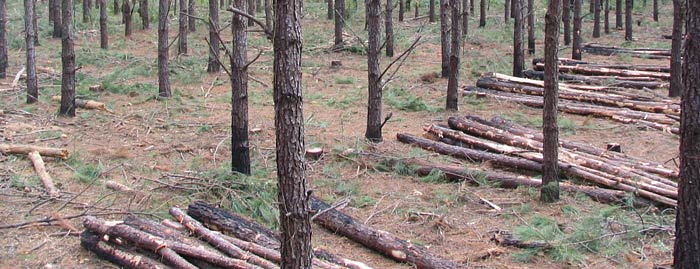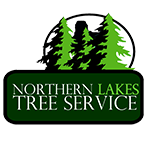How to distinguish hazardous trees on your property?
Since the beginning, trees have played one of the most essential roles in the ecosystem. It absorbs carbon dioxide, removes and stores the carbon, and then releases the oxygen back into the air. Trees are a great provider of habitat for diverse species of animals and plants. It also provides food for humans and animals in wildlife and produces materials for tools and shelter. They also help prevent soil erosion and water pollution.

Having said the few functions and importance of trees, the tendency to overlook the risk related to defective trees becomes very easy, right? But how are you going to be able to distinguish if your property is hazard-free? Give yourself a minute or two to check your yard. Have you noticed any defects in trees? Some of you might not have the ability to recognize whether your property is at risk. To help you with this dilemma, below is a checklist on how you can distinguish hazardous trees in your yard.

-
- Examine whether your tree has cracks or splits.
There are some reasons why cracks and splits occur. One of those is the temperature of the location of the trees. When it’s cold, frost cracks usually arise. These kinds of cracks have little effect on the strength of the trunk. But when two vertical cracks appear on opposite sides of the tree, it can be a sign of root injury or breakage. This instance has the chance to develop circumferential separation of wood internally, which can lead to extreme damage.
According to a study, there are tree cracks to look out for:
- Vertical Cracks
- Cracks on leaning trees
- Splits into the ground
- Check the trunk to see if there is a sign of decay.
Wood decay starts with any injury that breaks through the bark and exposes the wood. The injury may be the result of an insect infestation, animal damage, a broken branch, etc. Indications of internal decay are cavities, disfigurations (cankers: dead areas of bark on a tree branch or trunk), and basidiocarps (fungal conk}. According to the USDA Forest Service, internal decay does not indicatively render a tree unsafe. But still, do not underestimate the presence of any decay in your trees. Call an arborist or a tree specialist for fast spotting of tree decay, both internally and externally.
- Evaluate the occurrence of dead wood.
Identify if your tree has a branch or part that is already dead. Dead wood is generally brittle or soft and can be damaged or bent by a wind blow or the weight of ice or snow. The timing of its breakage is very unpredictable. Remove dead branches as soon as possible to prevent insects and decaying organisms from nesting in the tree.
Signs of dead wood:
- Fallen bark: the bark that falls off and isn’t replaced with a new one, exposing patches of smooth and unprotected wood
- Fungi: The presence of wood conchs, sprouting mushrooms, and shelf fungus indicates that the trunk or tree itself is dead or dying.
- Foliage discrepancy: If the tree does not hold any leaves anymore during a non-autumn or fall season, there is a big possibility that the branch or trunk is already dead.
Call for professional assistance today!
Recognizing and knowing about hazardous trees is very important. We should know whether a tree is infected, diseased, damaged, or poorly maintained to prevent any damage to property as well as injury and death to your family. Because the removal of dead branches from trees is dangerous if not done by well-trained personnel, it is highly recommended to seek the professional help of a tree service company.
For professional, high-quality, and affordable tree removal and maintenance services in the Northern Lakes Area, North Idaho, and Eastern Washington, call Northern Lakes Tree Services.
NORTHERN LAKES TREE SERVICES
Damon Bretthauer
1-877-905-TREE or (208) 443-3600
https://northernlakestreeservice.com/
